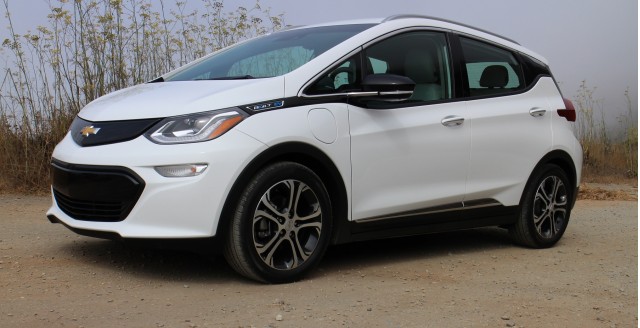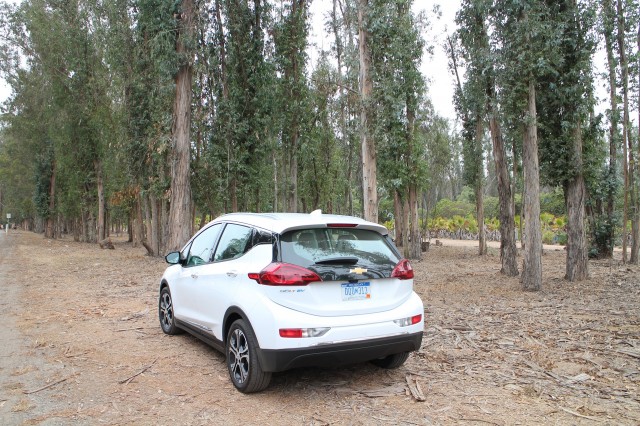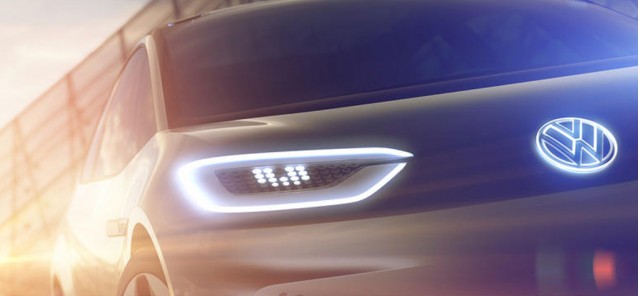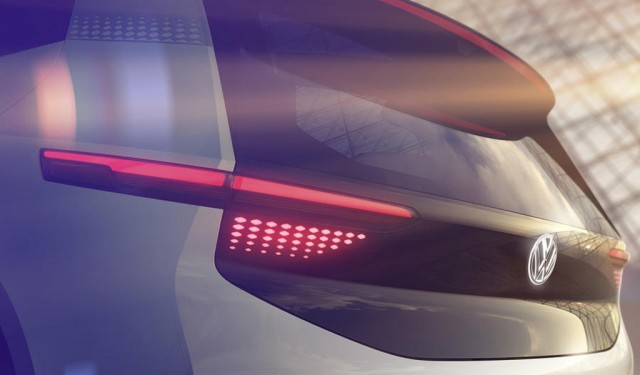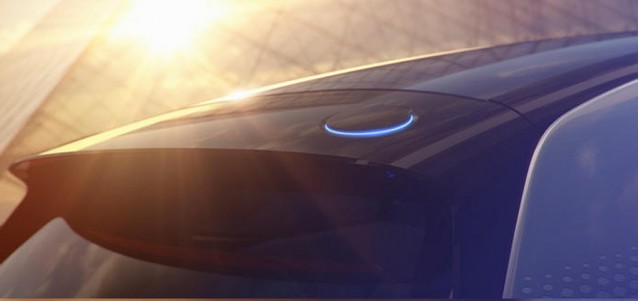The Renault Zoe was the best selling electric car in Europe in 2015, even though its range with a 22 kWh battery is only about 85 miles. At the Paris auto show, Renault quietly announced it has increased the size of the Zoe’s battery to 40 kWh, giving the small sedan 400 kilometer of range in the European driving cycle. Renault estimates its real world range at 186 miles in urban and suburban driving at 186 miles. Since the Zoe and Nissan LEAF are corporate cousins, improvements to one may offer hints about improvements to the other.
“This month Renault surpassed 100,000 electric vehicles sold and now ZOE will travel up to 250 miles (400km) without recharging. We are continuing to push in areas where innovation matters most for Renault customers. Making it easy for them to choose electric, with new connected services to enhance their driving experience, is a top priority for us and for ZOE customers,” said Renault CEO, Carlos Ghosn.
The new Z.E. battery has almost twice the capacity of the standard 22 kWh battery. It was developed in partnership with LG Chem and uses high density lithium ion technology. LG Chem and Renault were able to increase the energy density of the battery without adding more battery cells. That means it will fit in the same space as the older battery. The engineers also kept it from being significantly heavier.
Renault is pioneering battery leasing programs. The Zoe itself retails for a feather light 23,600 euros. After that, buyers can chose battery leasing plans as low as 69 euros a month up to 119 euros a month, depending on how miles will be driven. Battery leasing eliminates two worries many EV owners have — premature battery failure and technological obsolescence. It’s a wonder other companies haven’t thought of leasing the batteries in their cars.
For the moment, the Renault Zoe is the lowest prices long range electric car in the world. Everyone invested in the coming green car revolution is anxious to see that record broken many times over in coming years.
Source: Electric Cars Report, AutoBlog

